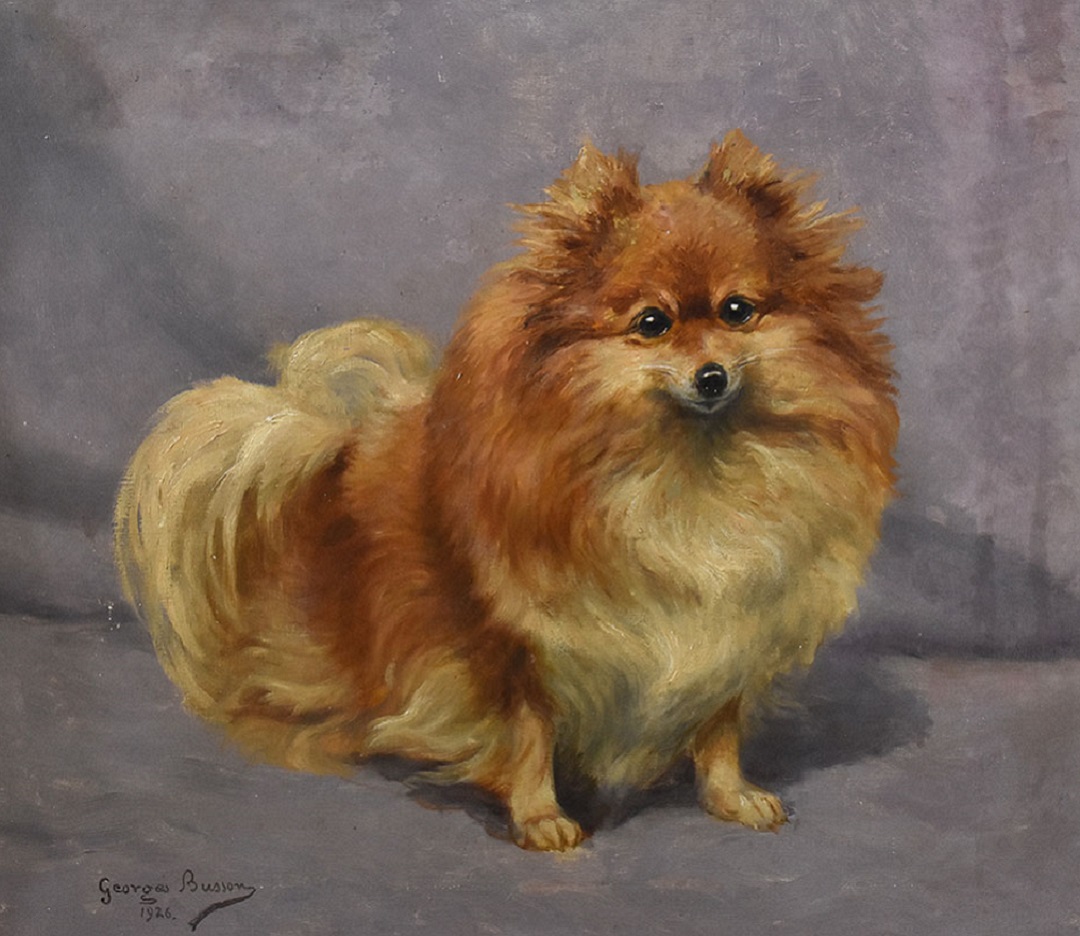History of the Dog in Art

The dog is the most represented animal in the history of art.
Its depiction as man's best friend has very ancient origins, already seen in primitive rock representations. We find it among the Egyptians with the deity Anubis, in Mesopotamian sculpture, on Greek vases, and in Roman paintings.
The God Anubis and the Weighing of the Heart
Anubis was an Egyptian deity known as the God of the Dead, more specifically the God of mummification and guardian of cemeteries. He was depicted as a man with a dog’s head (sometimes simply as a dog). His role was to guide the souls of the deceased into the afterlife. His figure is associated with the “weighing of the heart” (or psychostasis): to determine whether the soul of the deceased was worthy of entering the realm of Osiris, Anubis would measure the heart by placing it on a scale alongside the feather of Maat. If the heart weighed the same or less than the feather, it meant that the deceased had lived a virtuous life and could enter the Fields of Aaru. Conversely, if the feather's side of the scale rose, the heart would be devoured by the monstrous Ammit, condemning the soul to remain in the Duat for eternity.
Dogs in Roman Art
In the Roman Empire, dogs were prevalent and served various functions. They were primarily used for hunting, a highly valued activity among Romans, inherited from the Greeks. Thus, greyhounds and hounds appear in artistic representations of hunting activities. Another common use for dogs was in battles and arenas, where they fought alongside gladiators, with powerful Molossers being particularly suited to accompany men in combat. Besides these roles, the dog earned a place of honor beside humans, becoming a loyal friend. In artistic representation, the dog emerges as a companion, symbolizing trust and protection.
From Rome to Medieval Art
In the Middle Ages, the figure of the dog became established as an animal that watched over its master. It accompanied apostles, missionaries, and men of faith: the dog barks at sin. Its role in hunting strengthened, increasingly associating with nobility and the emergence of refined hunting breeds, such as fast greyhounds.
Frans Snyders, the Animal Painter
Frans Snyders (Antwerp 1579–1657), known for his work "Fight between Dogs and Wolves," oil on canvas, is a great Master of the 17th century. A student of Pieter Brueghel the Younger and the first teacher of van Dyck, Snyders excelled in depicting animals and hunting scenes. This painting is an example of his mastery, and we are still captivated by its details today.
Portraits of Nobles with Dogs
Between 1400 and 1700, the bond between man and dog strengthened: in many portraits of nobles and rulers, and in self-portraits by painters, the dog often appears. In a painting by Titian, we see Charles V with his dog. The emperor holds the hilt of his sword with one hand while petting his proud Irish dog, perhaps his faithful Sampere. A fun fact: Titian enlarged the dog in this painting to highlight the small stature of Charles V.
Loyal Friend or Life Companion: Zandomeneghi, Ligabue, and Picasso
Between the 19th and 20th centuries, various artistic movements emerged, and the role of the dog strengthened both as a loyal friend to man and as an intimate companion, reflecting shared emotions with its owner: from joy to melancholy. Zandomeneghi’s work, a well-known Italian Impressionist painter, depicts a sweet and intimate moment between a dog and its owner.
In "Self-Portrait with Dog" by Antonio Ligabue, created in 1957, we notice a clear physical resemblance between the artist and his dog: the wrinkles of the artist’s face and those of the dog’s muzzle, the folds of the clothing, and the shape of the body of the four-legged friend. The intense, vibrant colors enhance this affinity.
4o mini




